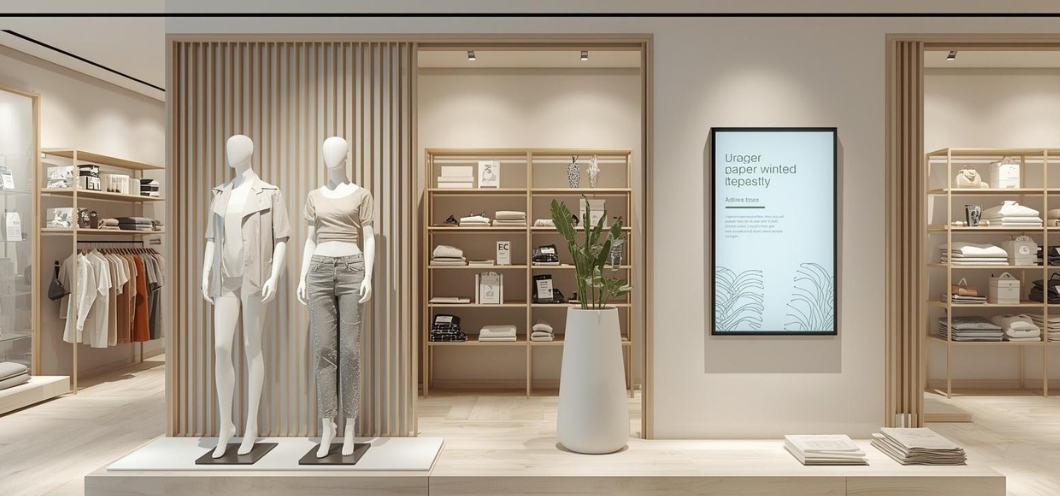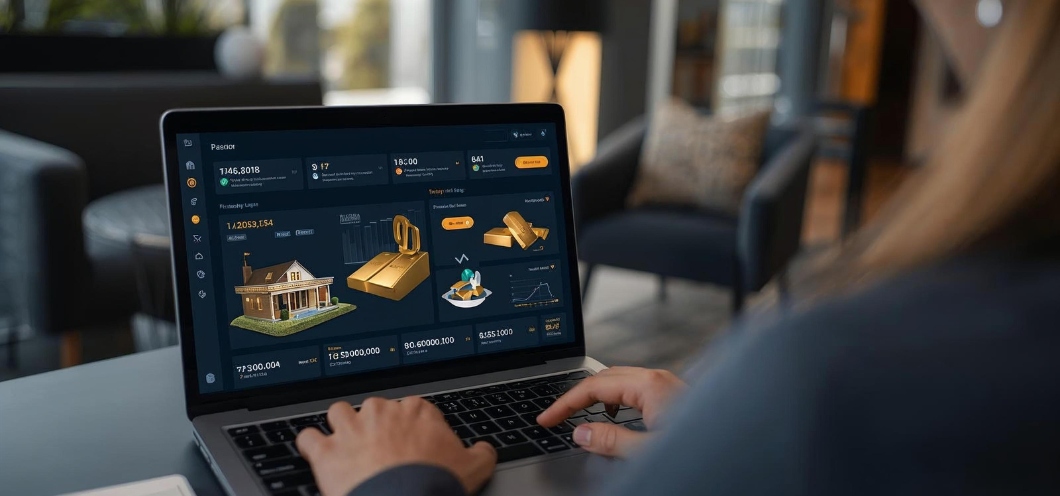- Samita Nayak
- 354
Retail
How Green Can Your Visual Merchandising Get

Image courtesy:Canva AI
Sustainability is not just a buzzword in the retail scene today; it is the compelling drive behind the consumers’ choices. As retailers are keen to align their businesses with eco-values, visual merchandising becomes the distinctive platform to communicate their commitment to environmental causes. But just how green could your visual merchandising go? These key strategies, weaving points of sustainability into your displays, make an impact on the planet and your brand.
ALSO READ: Impact of Cashless Businesses on Retailers and Consumers
1. Use Sustainable Materials
The foundation of greener visual merchandising is to work with the kind of materials one uses in displays. Use reclaimed or repurposed materials when you can. For instance, fixtures and props can be made from reclaimed lumber, biodegradable plastics, or recycled metals. When constructing fabric elements, use organic cotton, hemp, or bamboo. Not only do these sustainable alternatives reduce waste, but they loudly tell your customers that you are sensitive to the environment.
2. Embrace Minimalism
Less is more in green visual merchandising. It is all about minimalism, which reduces the need for excess materials and consumption of energy. You can make striking displays with just a few key elements that are visually striking yet sustainable. This also gives way for the products to be in the spotlight, thereby making them more alluring and gently encouraging customers to make mindful purchasing.
3. Energy Efficiency in Lighting
Lighting is one of the most important features in visual merchandising, though it is one of the largest consumers of energy. Replace traditional lighting with energy-efficient LED lighting that consumes less power and has longer longevity. Further complement this with natural light on displays during the day to reduce energy use. The integration of smart lighting systems automatically adjusts brightness according to ambient light levels further helping in energy savings.
4. Reuse and Recycle Displays
Physical displays have a very short life, which usually results in a significant volume of waste. Make your design with reuse in mind to offset this. The best option is modular displays that can be easily reconfigured or updated for any number of campaigns. Also, ensure anything discarded is recyclable and work with suppliers who demonstrate environmentally acceptable practices during manufacturing.
5. Promote Eco-Friendly Products
Finally, bring your mantra of sustainability to life through visual merchandising. Whether it’s eco-friendly packaging, organic materials, or even just fair trade, showing these items in your visual merchandising shows your brand’s commitment to the environment. This is also effective, not just in luring in an eco-conscious customer base but even inspiring them to make more sustainable purchasing choices.
In a world where shoppers want to connect with brands that share their principles, every display becomes an opportunity to show your commitment to a greener future. The question isn’t whether you can afford to go sustainable—it’s whether you can afford not to.
Tags:
Visual MerchandisingAuthor - Samita Nayak
Samita Nayak is a content writer working at Anteriad. She writes about business, technology, HR, marketing, cryptocurrency, and sales. When not writing, she can usually be found reading a book, watching movies, or spending far too much time with her Golden Retriever.
Popular Post




